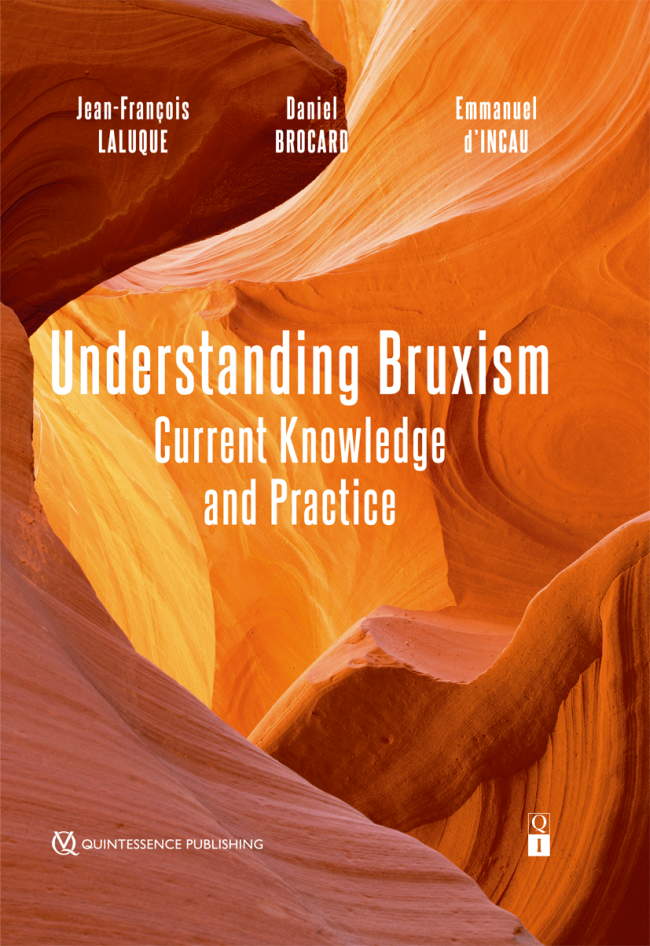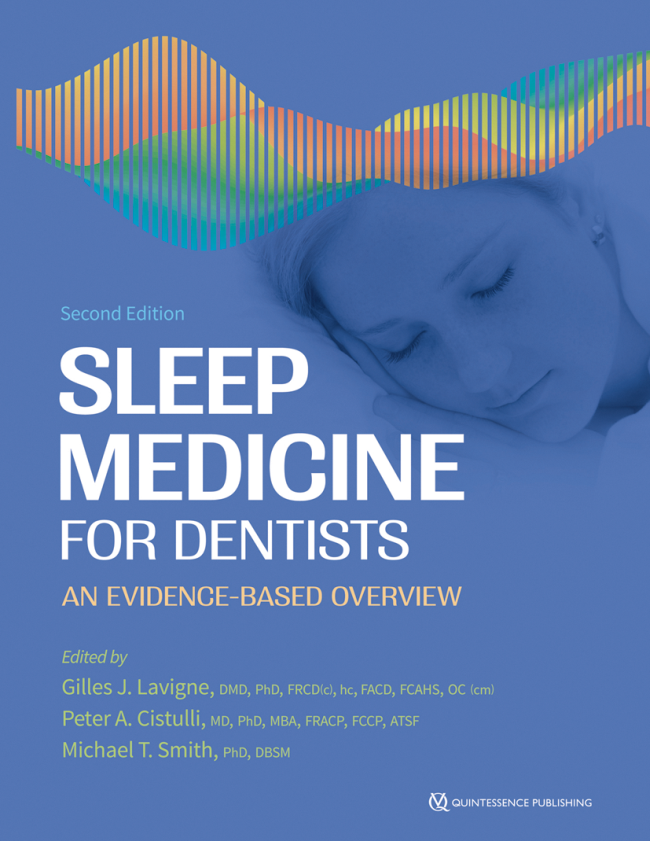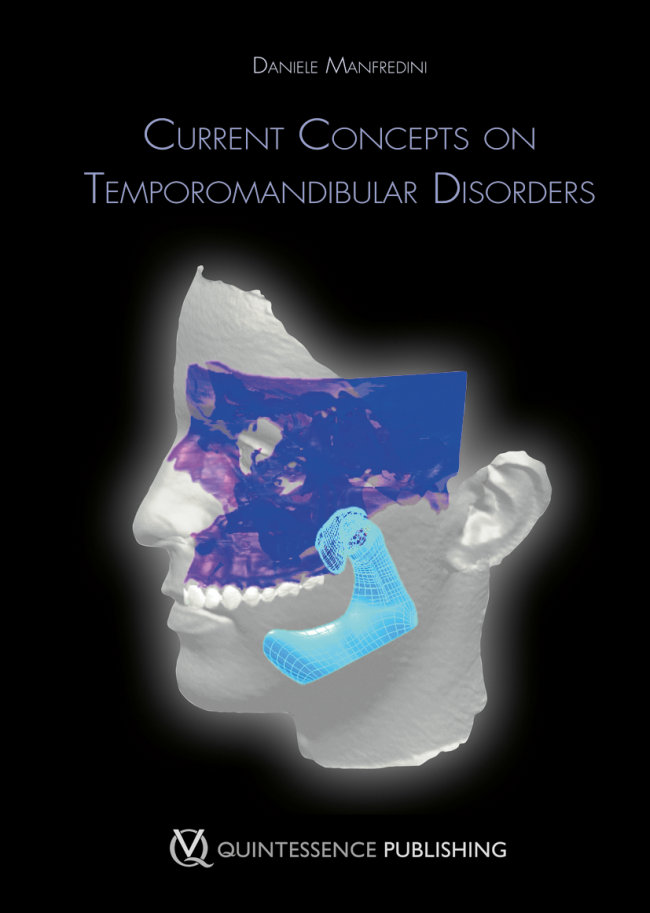Jean-François Laluque / Daniel Brocard / Emmanuel d'Incau (Editor)
Understanding Bruxism
Current Knowledge and Practice
1st Edition 2017
Book
Hardcover, 24,5 x 17,5 cm, 184 pages, 179 illustrations
Language: English
Category: Functional Therapy
Stock No.: BF013
ISBN 978-2-36615-039-1
QP France
Product out of print.
Bruxism is a common parafunction, and over the last 15 years the profession has become aware of just how destructive it can be to the masticatory structures when left untreated. However, because it is still seen as a multifaceted phenomenon that is difficult to treat, many practitioners assume that it is incurable. This book answers these doubts and concerns by outlining the various etiologies and aggravating factors of bruxism, distinguishing the different types of bruxism, and demonstrating how to complete a differential diagnosis. Then, in keeping with the latest evidence, the authors promote a more conservative approach to treatment and outline which treatment strategies to use in different situations.
Contents
Part I. Current Knowledge About Bruxism
Chapter 01. Bruxism
Chapter 02. Etiologies
Chapter 03. Pathophysiology of Sleep Bruxism
Chapter 04. Clinical Diagnosis of Bruxism
Chapter 05. Differential Diagnosis and Polysomnography
Chapter 06. Awake Bruxism
Chapter 07. Sleep Bruxism
Chapter 08. Sleep and Pain
Chapter 09. Bruxism in Children and Adolescents
Chapter 10. Bruxism and Temporomandibular Disorders
Chapter 11. Dental Wear and Bruxism
Part II. Management of Bruxism
Chapter 12. Advice and Counseling for Management
Chapter 13. Pharmacology and Bruxism
Chapter 14. Oral Appliances
Chapter 15. Bruxism and Restorative Dentistry
Chapter 16. Ultraconservative Rehabilitation of Patients Displaying Severe Tooth Wear
Chapter 17. Extended Bonded Restorative Dentistry
Chapter 18. Bruxism and Implant Restorations
Chapter 19. Follow-up and Maintenance
Chapter 20. Conclusions and Perspectives
Contributors
Daniel Brocard • Maria Clotilde Carra • Antoon de Laat • Emmanuel d'Incau • Jean-François Laluque • Gilles J. Lavigne • Frank Lobbezoo • Guido Maria Macaluso • Edoardo Manfredi • Daniele Manfredini • Maria del Carmen Martinez • Sandro Palla • Frédéric Raux • Paul Saulue • Louis Toussaint • Alain Vanheusden • Ephraim Winocur
Contents
Part I. Current Knowledge About Bruxism
Chapter 01. Bruxism
Chapter 02. Etiologies
Chapter 03. Pathophysiology of Sleep Bruxism
Chapter 04. Clinical Diagnosis of Bruxism
Chapter 05. Differential Diagnosis and Polysomnography
Chapter 06. Awake Bruxism
Chapter 07. Sleep Bruxism
Chapter 08. Sleep and Pain
Chapter 09. Bruxism in Children and Adolescents
Chapter 10. Bruxism and Temporomandibular Disorders
Chapter 11. Dental Wear and Bruxism
Part II. Management of Bruxism
Chapter 12. Advice and Counseling for Management
Chapter 13. Pharmacology and Bruxism
Chapter 14. Oral Appliances
Chapter 15. Bruxism and Restorative Dentistry
Chapter 16. Ultraconservative Rehabilitation of Patients Displaying Severe Tooth Wear
Chapter 17. Extended Bonded Restorative Dentistry
Chapter 18. Bruxism and Implant Restorations
Chapter 19. Follow-up and Maintenance
Chapter 20. Conclusions and Perspectives
Contributors
Daniel Brocard • Maria Clotilde Carra • Antoon de Laat • Emmanuel d'Incau • Jean-François Laluque • Gilles J. Lavigne • Frank Lobbezoo • Guido Maria Macaluso • Edoardo Manfredi • Daniele Manfredini • Maria del Carmen Martinez • Sandro Palla • Frédéric Raux • Paul Saulue • Louis Toussaint • Alain Vanheusden • Ephraim Winocur











